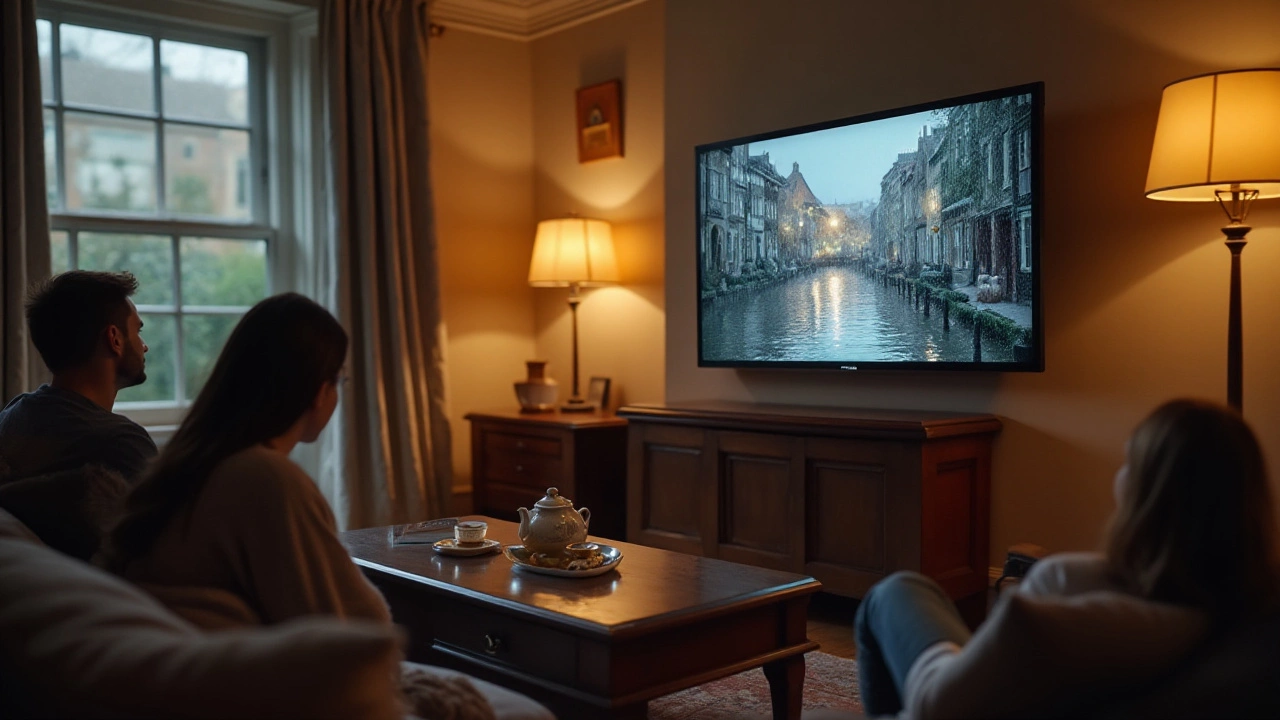TV Mount Guide: How to Mount Safely and Choose the Best Spot
If you’re planning to put your TV on the wall, you probably have a few questions: Where should I put it? How high is too high? What can go wrong? The good news is that mounting a TV isn’t rocket science. With a few basic tools and a clear plan, you can get a solid, safe setup that looks great and offers the best viewing experience.
Common Mounting Mistakes to Dodge
First, avoid the spots that cause headaches later. Mounting a TV over a fireplace might look sleek, but the heat can damage the screen and the wall studs might be shallow. Also, placing a TV right above a high‑traffic area can lead to accidental bumps and makes cable management a nightmare. Another mistake is ignoring the stud locations. Drywall alone won’t hold a heavy TV; you need to anchor into studs or use a proper wall‑mount kit designed for your wall type.
Many people also forget to check the viewing angle. If the TV is too high, neck strain becomes a problem, especially for long movie nights. A quick rule of thumb: the center of the screen should be at eye level when you’re seated. Finally, don’t overlook the weight rating of your mount. Using a cheap mount for a 65‑inch TV can lead to sagging or, worse, a fall.
Steps for a Perfect TV Mount
Start by measuring your couch distance. The ideal viewing distance is about 1.5 to 2.5 times the screen’s diagonal. This helps you decide how big a TV fits your room and where the mount should sit. Next, locate the studs using a stud finder. Mark the edges, then drill pilot holes for the mounting brackets. Tighten the bolts securely—use a torque wrench if you have one.
Attach the mount brackets to the back of your TV. Most modern TVs have pre‑drilled holes that line up with VESA patterns; check your TV manual to match the pattern. Once the brackets are on the TV, lift it (have a friend help) and hook it onto the wall plate. Double‑check that it’s level, then tighten the safety screws.
Now comes cable management. Run power and HDMI cables through the wall if you’re comfortable with that, or use a race‑way to hide them along the wall. Keep cords tidy to avoid a messy look and to protect against tripping hazards.
Finally, test the setup. Turn on the TV, swipe the remote, and make sure the picture looks clear from your favorite seat. Adjust the tilt if your mount allows it, and you’re ready to binge‑watch without worrying about the TV falling or straining your neck.
Mounting a TV yourself saves money and gives you control over placement. Just follow these steps, avoid the common pitfalls, and you’ll have a safe, stylish setup that enhances your living room. Happy viewing!
TV Mount or TV Stand: Which Is Right for You?
Wondering whether to mount your TV on the wall or go with a stand? This article breaks down the pros and cons of each choice, from safety to style. You’ll get tips for picking the best option for your space and lifestyle. Whether you live in an apartment or a house, there’s a setup that suits your needs. Real-world advice helps you avoid common headaches and make your entertainment area look great.
MoreWhy Tilting Your TV Can Enhance Viewing Experience
Deciding whether to tilt your TV can significantly affect your viewing comfort and overall experience. This article explores the benefits and considerations of adjusting the angle of a TV, such as improving glare reduction and enhancing ergonomic comfort. It provides practical tips for the proper installation of tilted TV setups and highlights the importance of personal preferences and room layout. You'll also learn about common mistakes to avoid to ensure a safe and satisfactory installation.
More

